Historical Evidence and Its Interpretation
The evidences discussed in 16 chapters and four appendices relate variously to determining the date and chronology, political history, polity and administration, religion and iconography, and social and economic life. An evidence when corroborated becomes strong, and when contradicted, turns weak, and the stronger the evidence, the more definite the conclusion. Some evidences are clear-cut, while others are vague, some are mutually conflicting and some variously contain mythology, exaggerations, stock phraseology, fabricated genealogy and forged account. Primary source is preferable to the secondary, and eye-witness to hearsay. Facts should be separated from fiction, actual from normative, original from fake, and certain from doubtful. The conclusions are drawn variously as probable, possible, potential or certain.
A few interpretations by scholars are interesting. The similarity of helmet and even that of smile of kings in coin-portraits is taken as evidence for their belonging to the same family. The title philopator (beloved of father) does not absolve a king of the blame of patricide. From coin portraits of Strato I, coins issued as a child, as an adult and as an old man have been identifi ed. Punctuating an unpunctuated epigraphic passage in one way, a lady is taken as a daughter of a person, and punctuating it another way, as his mother.New discoveries have brought changes in history. The Rabatak inscription for the first time shows that Kanishka was son of Vima Kadphises, grandson of Vima Taktu (not known from any other source), and the great grandson of Kujula Kadphises. From the Risthal inscription, it is known that the mighty king, Yaśodharman, was not a commoner before he became king (as was believed earlier), but before him, several kings of his family had ruled, and his immediate predecessor, Prakāśadharman, had defeated the Hūṇa chief, Toramāṇa. Successive discoveries transformed Budhagupta from a local ruler of Malwa to an Imperial Guptaruler, master of an empire extending from Bengal to Malwa; and Rāmagupta was transformed from a legendary fi gure to an
Imperial Gupta monarch.
Contents:
Preface
List of Illustrations
Roman Equivalents of Nāgarī Letters
Chapter 1: Nature, Scope and Methodology Followed
Chapter 2: Types of Evidences
Chapter 3: Multiple Interpretations of an Evidence
Chapter 4: Reconstructing History by Piecing Together Diverse Evidences
Chapter 5: Evidence of Eras, Regnal Years and Palaeography for Dating
Chapter 6: Evidence for Determining Dates and Recording Past Events
Chapter 7: Controversy on the Authorship of Coin-Types
Chapter 8: Multiple Identifications of Chandra of Mehrauli Pillar Inscription
Chapter 9: Evidence of the Find-Spots of Epigraphs, Coins and Seals
Chapter 10: Legends and Devices on Coins and Seals
Chapter 11: Royal Titles, Praśastis and Conventional Phraseology
Chapter 12: Three Controversial Problems of History
Chapter 13: Historical Gleanings From Two Short Inscriptions
Chapter 14: Evidence Relating to Guilds
Chapter 15: Replacing of Copperplates and Forgeries
Chapter 16: Rewriting History in the Light of New Evidence
viii Historical Evidence and Its Interpretati on
Appendix I: O ne King or Two Homonymous Kings
Appendix II: Representation of Locals in District Administration,
and Procedure for Purchase of Land
Appendix III: Evidences for Samudragupta’s Horse-Sacrifice and
Interpretation of Chir-otsann-āśvamedha
Appendix IV: Literary Merit of Inscriptions
Bibliography
Index
Get it now and save 10%
BECOME A MEMBER


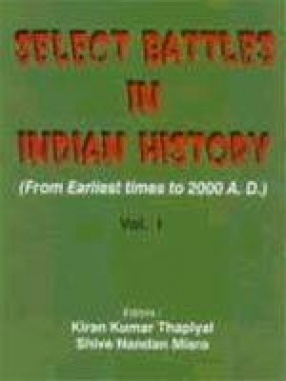
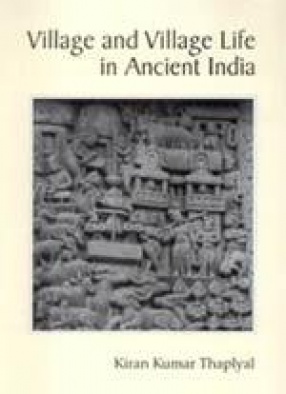
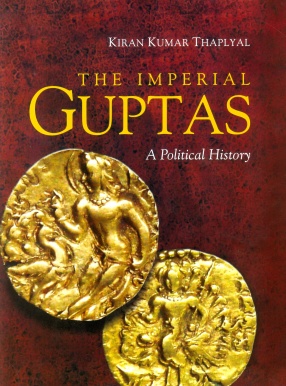
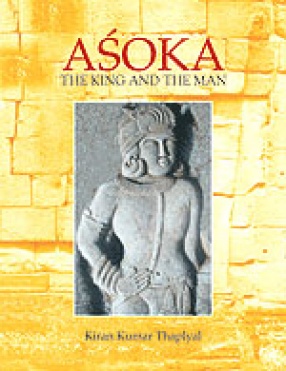
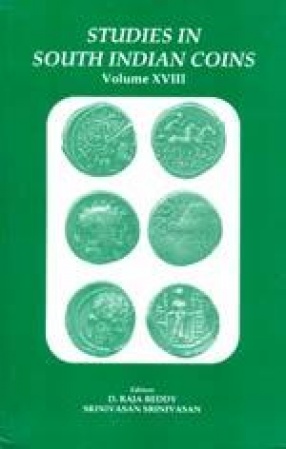
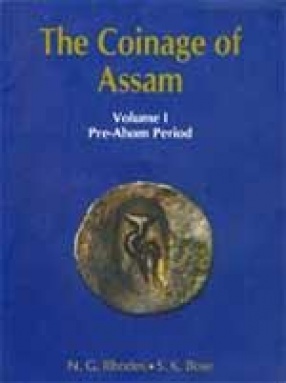
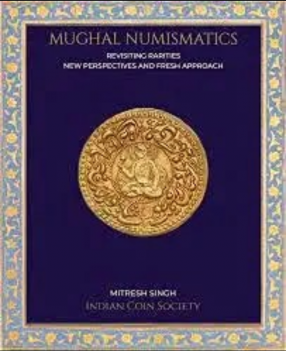
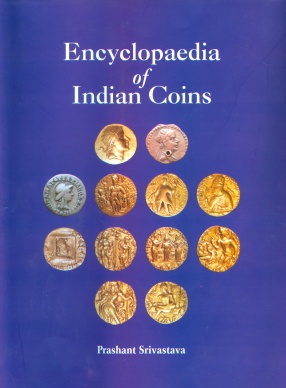

Bibliographic information